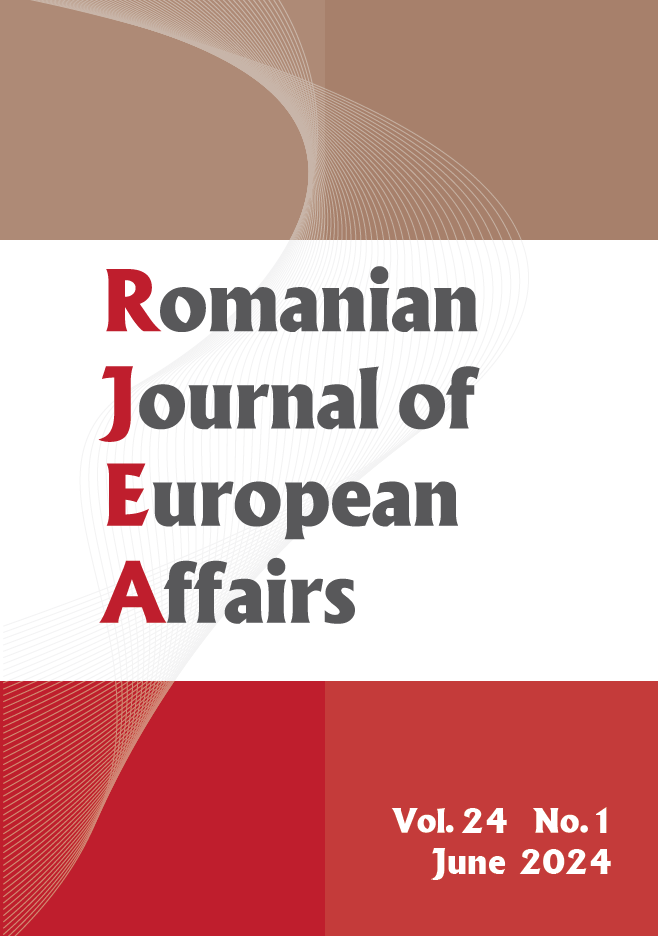The Path-Breaking Potential of the Recovery and Resilience Facility: An Analysis of the Shifts in EU’s Distributional Policy Mode with Insights from Romania’s Experience
The Path-Breaking Potential of the Recovery and Resilience Facility: An Analysis of the Shifts in EU’s Distributional Policy Mode with Insights from Romania’s Experience
Author(s): Nicolae ToderasSubject(s): Politics / Political Sciences, Economy, Supranational / Global Economy, Governance, Public Administration, Public Finances
Published by: Institutul European din România
Keywords: Recovery and Resilience Facility; EU’s Cohesion Policy; EU’s distributional policy mode; the European Semester; new institutionalism
Summary/Abstract: In May 2020, the Recovery and Resilience Facility (RRF) was presented as a unique instrument, due to its ambition, form, and the mechanisms with which it is equipped. Both the EU institutions and the epistemic and administrative communities in the field of European affairs saw it as a path-breaking instrument in the implementation of EU policies. This article analyses this hypothesis, and whether the RRF has the potential to generate a new path dependency in the EU’s distributional policy mode. It looks at the elements of the EU’s coordination mechanism through the RRF, as well as the aspects that set it apart from other EU policies, especially the EU Cohesion Policy. Also, primary evidence relating to Romania’s experience in drafting the National Recovery and Resilience Plan, and in implementing it, is presented and discussed from the perspective of the adjustments required by the specific approach of the RRF.
Journal: Romanian Journal of European Affairs
- Issue Year: 24/2024
- Issue No: 1
- Page Range: 46-66
- Page Count: 21
- Language: English

